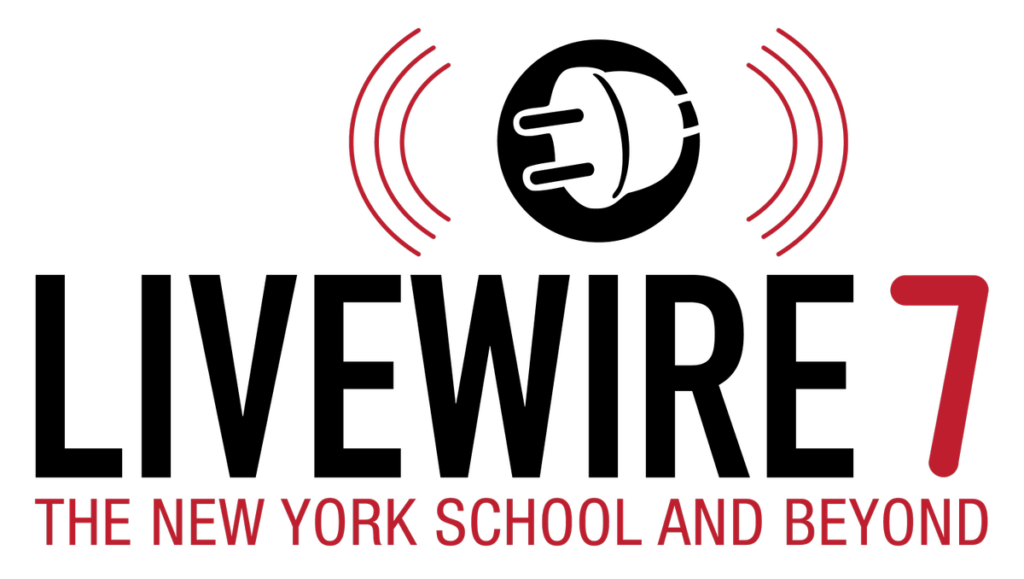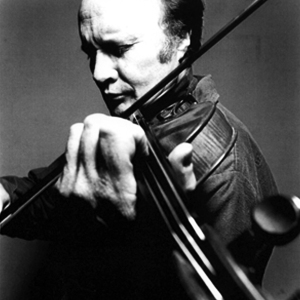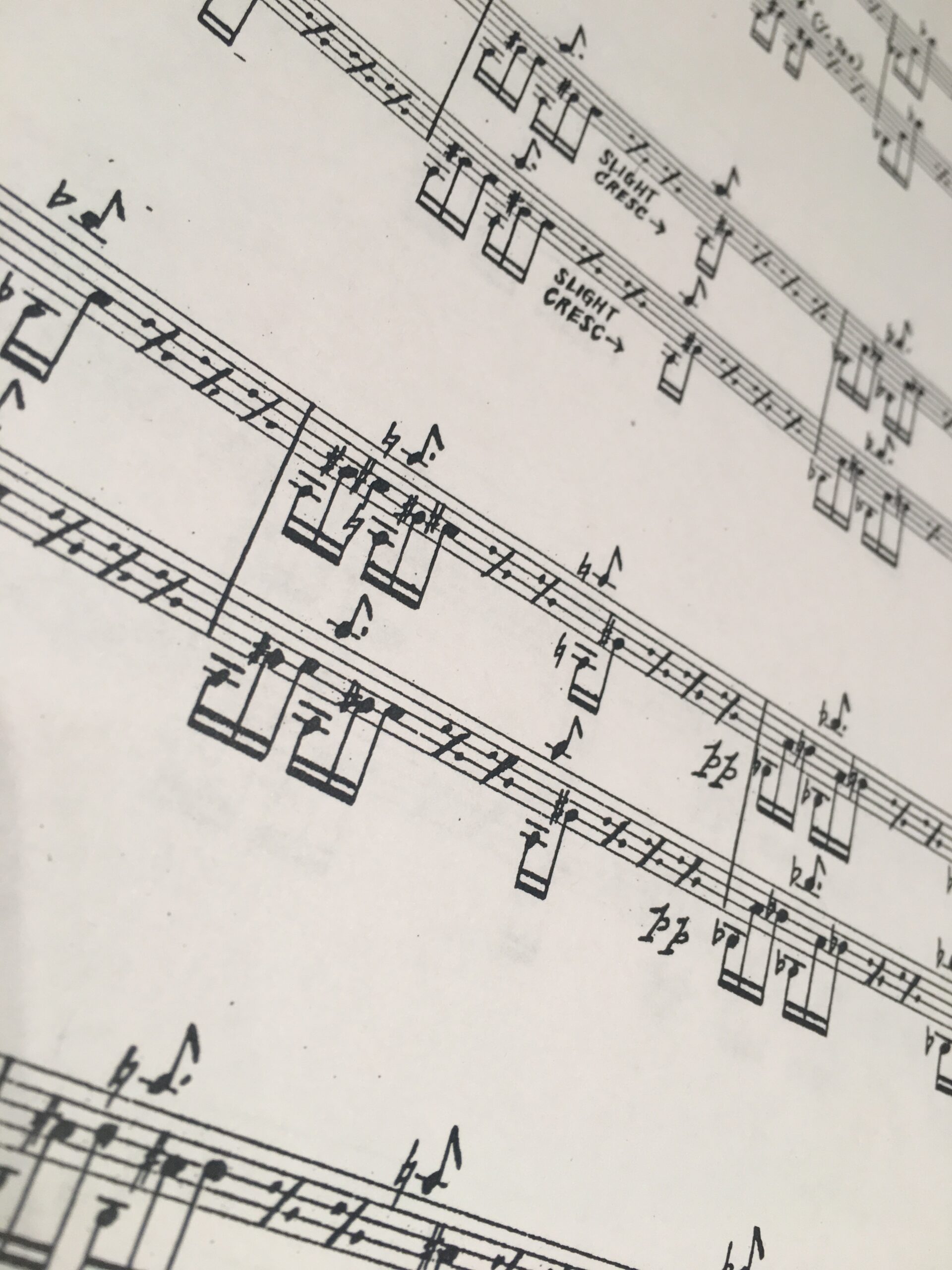UMBC’s department of music will present its annual Livewire festival of new music, featuring concerts, discussions and lectures, October 26 – 29, in the Earl and Darielle Linehan Concert Hall and other venues across the university.
This year’s theme, “Livewire 7: The New York School and Beyond,” focuses on an artistic movement that emerged from a group of American composers originally centered in New York — John Cage, Morton Feldman, Earle Brown, and Christian Wolff — and features performances by UMBC faculty and special guest artists.

The post-World War II era of the early 1950s ushered in a turbulent and revolutionary period in American art that extended across the fields of music, dance, theatre, and the visual and literary arts. The visual arts witnessed the emergence of abstract expressionism, championed by figures as diverse as Jackson Pollack, Franz Kline, Mark Rothko, and Robert Motherwell; the dance scene exploded with new works by Merce Cunningham, Anna Sokolow, and Paul Taylor; and poets such as Jackson Mac Low experimented with new forms.
In music, the creative focus began to shift from the major figures of pre-war modern music — Arnold Schoenberg and Igor Stravinsky, both by then living in Los Angeles — to a younger generation of composers based in New York City clustered around John Cage (1912 – 1992), including Morton Feldman (1926 – 1987), Earle Brown (1926 – 2002), and Christian Wolff (b. 1934). Along with pianist David Tudor (1926 – 1996), for whom many of their works were written, the composers gradually became known as the New York School, and were closely aligned with Cunningham and with artists Robert Rauschenberg and Jasper Johns.
In 1951, Cage began to explore the use of “chance operations” in his music, thereby freeing the compositional process from some of his personal likes and dislikes. Feldman experimented with graphic notation that might tell performer to play a high or low note, but not specify a pitch; Wolff wrote pieces in which one performer’s actions might influence another; and Brown constructed works with fixed modules in which the various pages or parts might be performed in different orders.
Throughout, the music explored silence and indeterminacy (although not improvisation), and performers such as Tudor translated this new aesthetic for audiences. For years, their work was subject to derision and ridicule from the classical music establishment, but by the time of Cage’s death in 1992, a couple weeks shy of his 80th birthday, his work and that of his colleagues exerted a profound influence, opening up pathways for younger composers.
“Music and other art forms were practically redefined for me,” says Tom Goldstein, associate professor of music and curator of this year’s Livewire festival, as he described his reaction to discovering the work of the New York School as a young performer. “Here was a revolution, manifest musically in greatly varied notational systems, employment of chance operations, open instrumentation, the relinquishing of compositional decisions to the performer, frequent use and extended duration of silence and unintended sounds, the inclusion of ‘noise,’ experimentation with form (or the absence of it), and the influence of Zen Buddhism. I was so powerfully affected that, for some time, I believed that any late-twentieth-century composer whose music wasn’t filtered through the sensibilities of the New York School bordered on irrelevancy.”
In addition to performances of numerous works by Cage, Feldman, Brown, and Wolff, Livewire 7 includes presentations of music by Thomas DeLio, Malcolm Goldstein, Toshi Ichiyanagi, Ben Johnston, Stephen F. Lilly, Bunita Marcus, Andrew Rindfleisch, Christopher Shultis, James Tenney, and Steve Wanna.

Livewire 7 features special guest artist Malcolm Goldstein, who has been active in the presentation of new music and dance since the early 1960s in New York City. He co-founded the Tone Roads Ensemble and participated in the Judson Dance Theater, the New York Festival of the Avant Garde, and the Experimental Intermedia Foundation. His “soundings” improvisations have received international acclaim for extending the range of tonal/sound-texture possibilities of the violin and revealing new dimensions of expression.
UMBC faculty and staff featured in performances and events include affiliate artist Audrey Andrist; lecturer Matt Belzer; associate professor Lisa Cella; affiliate artist Hui-Chuan Chen; affiliate artist and adjunct professor Patrick Crossland; affiliate artist Nicholas Currie; affiliate artist Gita Ladd; associate professor Tom Goldstein; assistant professor Brian Kaufman; affiliate artist Jacqueline Pollauf; professor E. Michael Richards; affiliate artist Kazuko Tanosaki; professor Airi Yoshioka; associate professor of dance Doug Hamby; director of arts and culture Thomas Moore; and UMBC student performers.
Additional guest artists include violist Karin Brown; pianist Curtis Cacioppo; pianist Paul Hoffmann; visual artist Ray Kass; multi-instrumentalist Stephen Lilly; conductor Jason Love; soprano Stacey Mastrian; and percussionist Michelle Purdy ’10, music.
More information on the complete Livewire 7 festival schedule: http://wp.me/p2xNJ1-1wQ
Images: Header image is “Adam and Eve” by Bunita Marcus (courtesy of the composer). Portrait of Malcolm Goldstein is courtesy of the artist.

